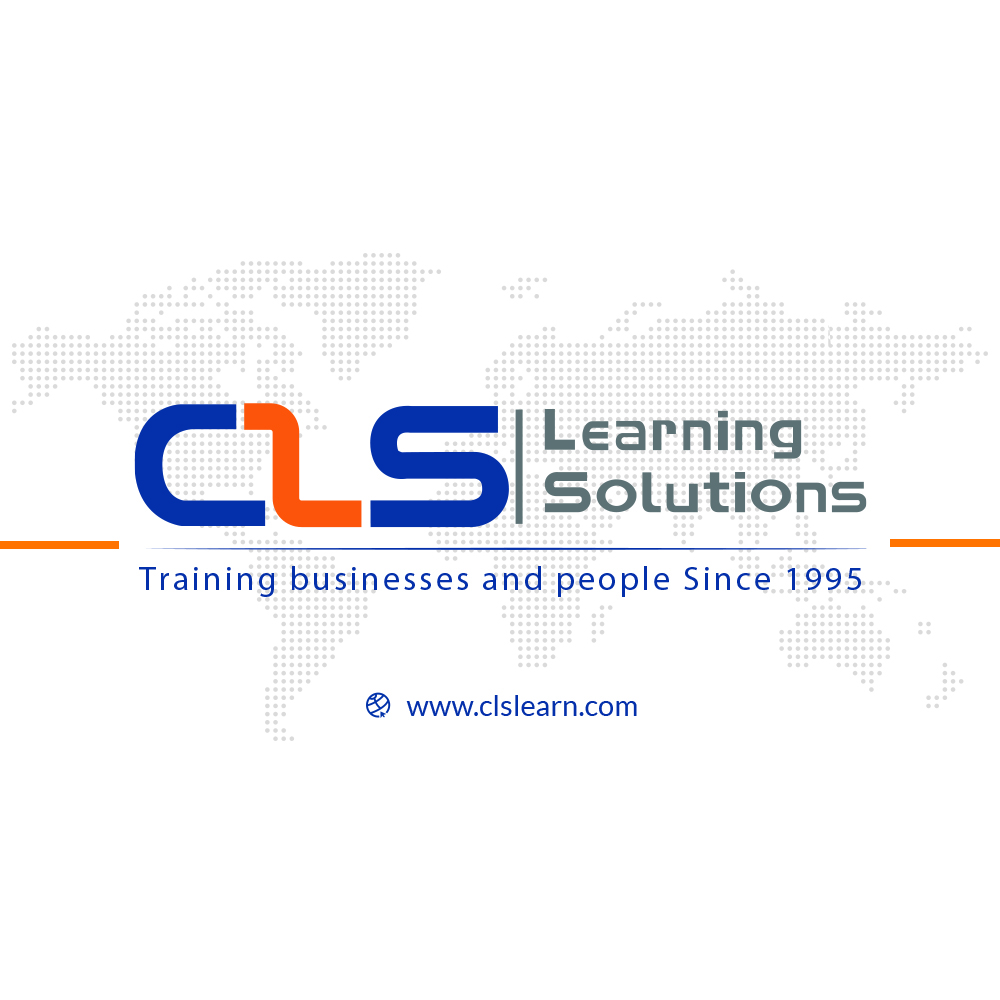Course details
Course Introduction- Introductions and course logistics
- Course objectives
- Describe the content of the course
- Gain a complete picture of the VMware certification system
- Familiarize yourself with the benefits of the VMware Education Learning Zone
- Identify additional resources
- Introduction to vSphere and the Software-Defined Data Center
- Describe how vSphere fits into the software-defined data center and the cloud infrastructure
- Explain how vSphere interacts with CPUs, memory, networks, and storage
- Use vSphere Client to access and manage your vCenter Server system and ESXi host
- Compare virtual machine hardware version 14 to other versions
- Identify the virtual network adapters, and describe the enhanced VMXNET3
- Compare the types of virtual disk provisioning
- Install and configure ESXi host settings
- Identify the advantages of ESXi Quick Boot
- Creating Virtual Machines
- Create, provision, and remove a virtual machine
- Explain the importance of VMware Tools™
- Describe how to import a virtual appliance OVF template
- vCenter Server
- Describe the vCenter Server architecture
- Discuss how ESXi hosts communicate with vCenter Server
- Access and configure vCenter Server Appliance
- Use vSphere Client to manage the vCenter Server inventory
- Add data center, organizational objects, and hosts to vCenter Server
- Create custom inventory tags
- Describe the rules for applying permissions
- Create a custom role in vCenter Server
- Create a vCenter Server Appliance backup schedule
- Restore vCenter Server Appliance from a backup
- Monitor vCenter Server Appliance
- Configuring and Managing Virtual Networks
- Describe, create, and manage standard switches
- Configure virtual switch security, traffic-shaping and load-balancing policies
- Compare vSphere distributed switches and standard switches
- Describe the virtual switch connection types
- Describe the new TCP/IP stack architecture
- Use VLANs with standard switches
- Configuring and Managing Virtual Storage
- Identify storage protocols and storage device types
- Discuss ESXi hosts using iSCSI, NFS, and Fibre Channel storage
- Create and manage VMware vSphere® VMFS and NFS datastores
- Explain how multipathing works with iSCSI, NFS, and Fibre Channel storage
- Identify the advantages of VMware vSAN™
- Virtual Machine Management
- Use templates and cloning to deploy new virtual machines
- Modify and manage virtual machines
- Create an instant clone of a virtual machine
- Identify the types of content libraries and how to deploy and use them
- Add a hot-pluggable device
- Dynamically increase the size of a virtual disk
- Use customization specification files to customize a new virtual machine
- Perform vSphere vMotion and vSphere Storage vMotion migrations
- Create and manage virtual machine snapshots
- Resource Management and Monitoring
- Discuss CPU and memory concepts in a virtualized environment
- Describe what overcommitment of a resource means
- Identify additional technologies that improve memory usage
- Configure and manage resource pools
- Describe methods for optimizing CPU and memory usage
- Use various tools to monitor resource usage
- Create and use alarms to report certain conditions or events
- vSphere HA, vSphere Fault Tolerance, and Protecting Data
- Explain the vSphere HA architecture
- Configure and manage a vSphere HA cluster
- Use vSphere HA advanced parameters
- Enforce infrastructural or intra-app dependencies during failover
- Describe vSphere HA heartbeat networks and datastore heartbeats
- Examine the features and functions of vSphere Fault Tolerance
- Enable vSphere Fault Tolerance on virtual machines
- Support vSphere Fault Tolerance interoperability with vSAN
- Examine enhanced consolidation of vSphere Fault Tolerance virtual machines
- Examine the features and functions of vSphere Replication
- vSphere DRS
- Describe the functions of a vSphere DRS cluster
- Create a vSphere DRS cluster
- View information about a vSphere DRS cluster
- Configure virtual machine affinity, DRS groups, and VM-host affinity rules
- Remove a host from a vSphere DRS cluster
- vSphere Update Manager
- Describe the architecture, components, and capabilities of vSphere Update Manager
- Use vSphere Update Manager to manage the patching of ESXi, virtual machines, and vApps
- Examine the features and functions of vSphere Update Manager EAM integration
- Integrate vSphere Update Manager with vSphere DRS
- vSphere Troubleshooting
- Apply a troubleshooting methodology to logically diagnose faults and improve troubleshooting efficiency
- Review troubleshooting tools
- Find important log files
- Use vSphere Syslog Collector
Updated on 20 July, 2020
Eligibility / Requirements
This course has the following prerequisites:
System administration experience on Microsoft Windows or Linux operating systems
Job roles this course is suitable for:
VMWare Engineer , VMWare Virtualization Administrator , vmware specialistCourse Location
About CLS Learn
Since 1995, CLS Learning solutions is leading the technology learning market in Egypt, the Middle East, and Africa. With our wide network of international partners, trainers, instructors, and technology leaders; we are able to deliver top notch training programs to our students and technology professionals.
25 Years in the market.
We delivered over 4,200 courses to 63,500 professionals in our centers.
We delivered 1,200 courses to 18,240 corporate employees on Site.
See all CLS Learn courses- JavaScript Full stack web developer virtual internship Virtual Bootcamp + Internship at LaimoonAED 1,449Duration: Upto 30 Hours
- Cloud Computing / CompTIA Cloud+ (CV0-002) Academy for Health & FitnessEGP 594Duration: Upto 5 Hours
- VMware vSphere 6.0 St. Paul's CollegeEGP 635
EGP 14,216Duration: Upto 13 Hours

